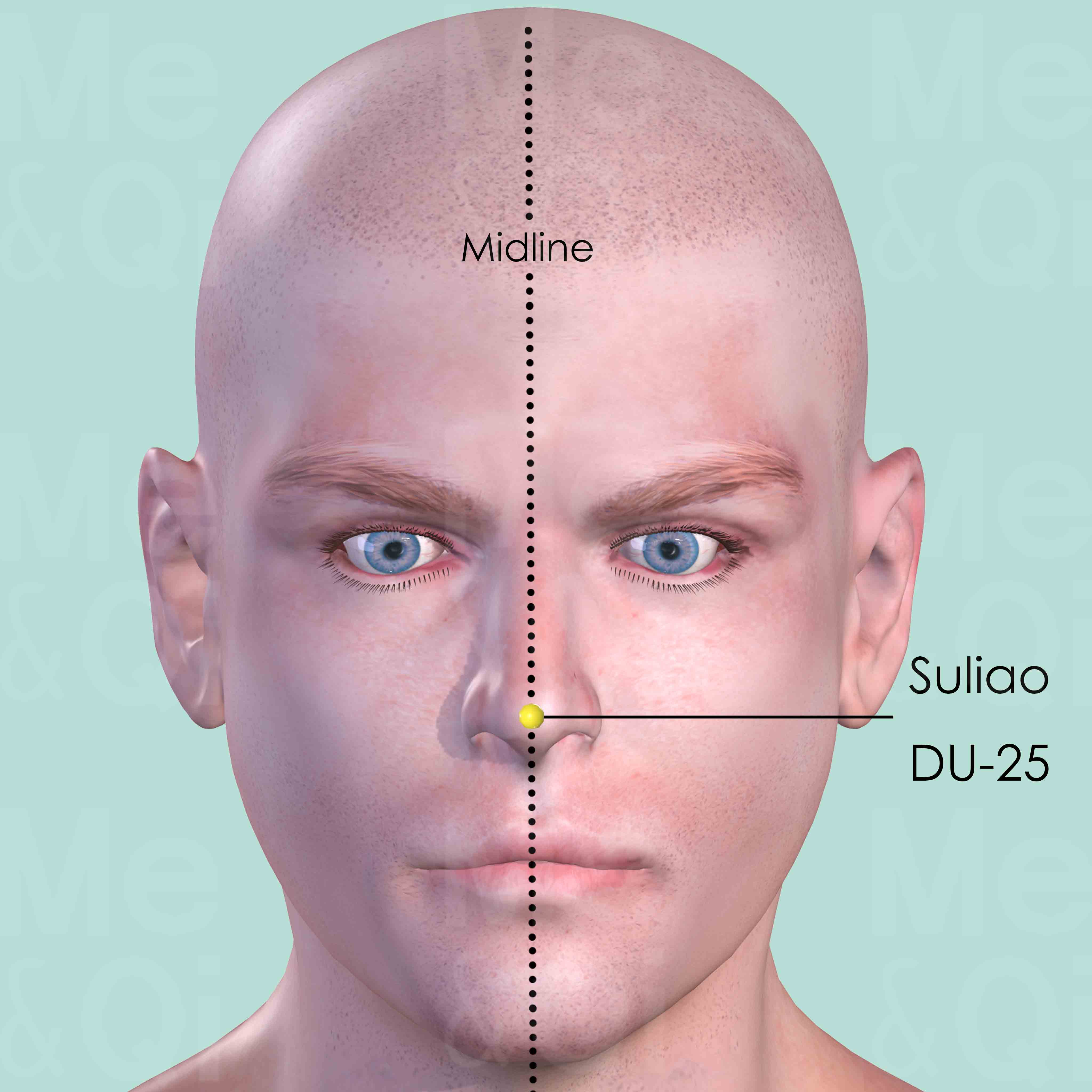Rhinophymaaccording to TCM
Symptom family: Nasal Disorders and Symptoms
Root Causes of Rhinophyma in TCM
Explore below more details about what might cause Rhinophyma according to TCM.
- By Syndrome
- Yin Deficiency
Yin Deficiency
Yin deficiency in TCM is a pattern of disharmony characterized by a depletion of the body's Yin energy, which represents the cooling, moistening, and nurturing aspects of our physiology. This condition often arises from factors like chronic stress, overwork, insufficient rest, or prolonged illness. Symptoms of Yin deficiency can include a sensation of heat, especially in the afternoon or evening, night sweats, insomnia, a dry mouth or throat, and a red tongue with little coating. There might also be a general feeling of restlessness or irritability. Since Yin is essential for balancing the body's active and warm Yang energy, its deficiency leads to a relative excess of Yang, manifesting as heat or dryness symptoms.... see more
Yin Deficiency Patterns That Can Lead to Rhinophyma
| Pattern Name | Relevant Symptoms | Relevant Formulas |
|---|---|---|
| Yin Deficiency | Flushed nose, Heat sensation in palms, Emaciation, Sore throat at night, Thirst, Anxiety, Jumpy, Scanty and dark urine, Dry stools, Dry mouth and throat at night, Nocturnal emission, Pain relieved by pressure and cold, Preference for sipping... see more | Liu Wei Di Huang Wan | Zuo Gui Wan | Mu Li San | Zeng Ye Cheng Qi Tang |
TCM Herbal Formulas for Rhinophyma
Explore below some TCM herbal formulas used to address rhinophyma, organized by cause and by formula type.
- By Cause
- By Formula Type
- Yin Deficiency
- Formulas that nourish yin and tonify
- Formulas that stabilize exterior and stop sweating
- Formulas that simultaneously attack and tonify
- Formulas that clear lung-Heat
Top Formula for Yin Deficiency:
Liu Wei Di Huang Wan
Suitable for Yin Deficiency patterns that may cause rhinophyma, such as Yin Deficiency
Learn moreAll Formulas Recommended for Rhinophyma Caused by Yin Deficiency
| Formula | Patterns Suitable For |
|---|---|
| Liu Wei Di Huang Wan | Yin Deficiency |
| Zuo Gui Wan | Yin Deficiency |
| Mu Li San | Yin Deficiency |
| Zeng Ye Cheng Qi Tang | Yin Deficiency |
Formulas that nourish Yin and tonify
These formulas are suitable for some rhinophyma-causing patterns like Yin Deficiency.
One such formula is Liu Wei Di Huang Wan, with prepared rehmannia as a key herb.
Other formulas of this category are listed in the table below.
All "formulas that nourish yin and tonify" recommended for rhinophyma
| Formula | Patterns Suitable For (if applicable) |
|---|---|
| Liu Wei Di Huang Wan | Yin Deficiency |
| Zuo Gui Wan | Yin Deficiency |
Formulas that stabilize Exterior and stop sweating
These formulas are suitable for some rhinophyma-causing patterns like Yin Deficiency.
One such formula is Mu Li San, with oyster shells as a key herb.
Formulas that simultaneously attack and tonify
These formulas are suitable for some rhinophyma-causing patterns like Yin Deficiency.
One such formula is Zeng Ye Cheng Qi Tang, with ningpo figwort root as a key herb.
Formulas that clear Lung-Heat
Rhinophyma can be treated by these formulas if it is a consequence of heat accumulation in the lungs affecting respiratory health.
One such formula is Pi Pa Qing Fei Yin, with loquat leaves as a key herb.
Acupoints for Rhinophyma
See more details below about Suliao DU-25, an acupoint used to address rhinophyma.
- By Meridian
- Governing Vessel

